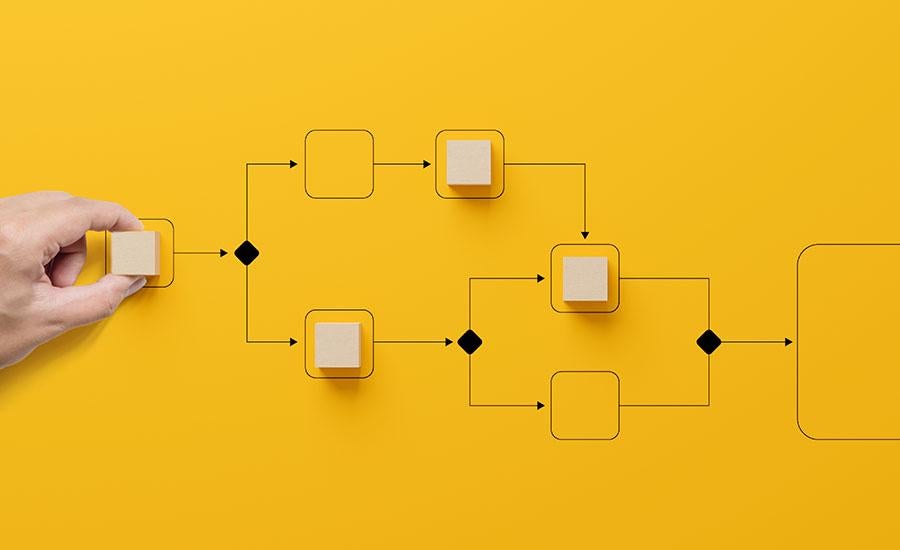
This is the second part of a fun introduction to engineering. In this lesson, students will create a board game with recycled materials based on a story they have made. Link to 1st lesson and helpful

This is the first part a fun beginning introduction to engineering. In this lesson, students will create a board game with recycled material based on a story they have made. Links to the 2nd lesson

By 2028, NASA plans to send a mission to Mars to retrieve samples collected by rovers and return to Earth. Student teams are challenged to build a rover and design a way to retrieve as much cargo as
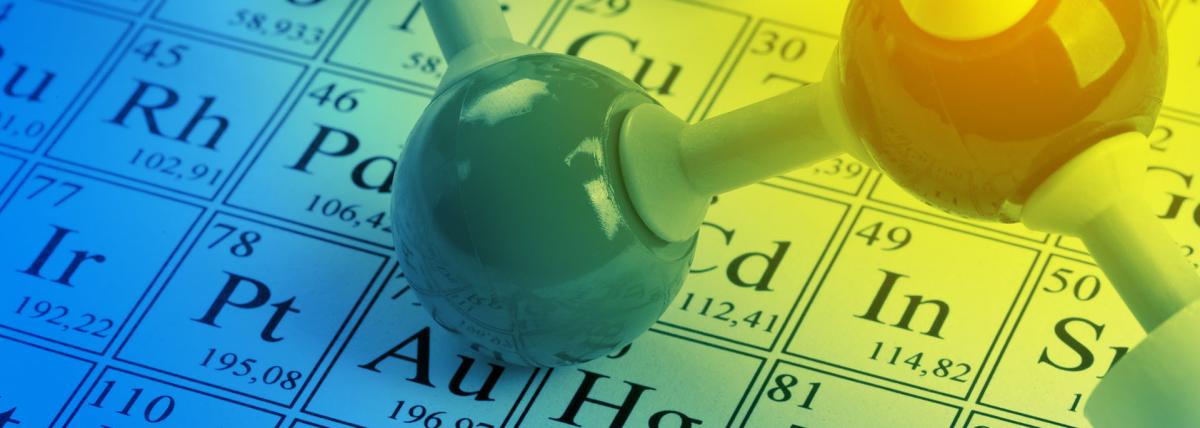
2nd grade students will work collaboratively to describe, illustrate, and communicate their understanding of the states of matter involving liquids, solids, and gases. The lesson includes extension

In this engaging lesson, students use their knowledge from the 2 previous lessons to design, draw blueprints, and build a load bearing bridge. Link to view all lessons is included!

In this engaging lesson, students explore different types of bridges and then practice building them with K'Nex sets. This is the 1st lesson in a series of 3. Link to view all lessons and helpful

Hoop Gliders: Day 4
Students will follow the Engineering Design Process to create a hoop glider out of straws and index cards and explore the forces of flight. Students will work on the 4Cs skills as they work together

Students will follow the Engineering Design Process to create a hoop glider out of straws and index cards and explore the forces of flight. Students will work on the 4Cs skills as they work together

Students will follow the Engineering Design Process to create a hoop glider out of straws and index cards and explore the forces of flight. Students will work on the 4Cs skills as they work together

Students will follow the Engineering Design Process to create a hoop glider out of straws and index cards and explore the forces of flight. Students will work on the 4Cs skills as they work together

In this hands-on lesson, students explore designing bridge prototypes with spaghetti to find weak points and redesign a new prototype. This is the 2nd lesson in a series of 3.

In this coding lesson, students explore how rearrangement of lines of code relates to sequences of geometrical transformations. Students use principles of coding to make a robot follow a series of
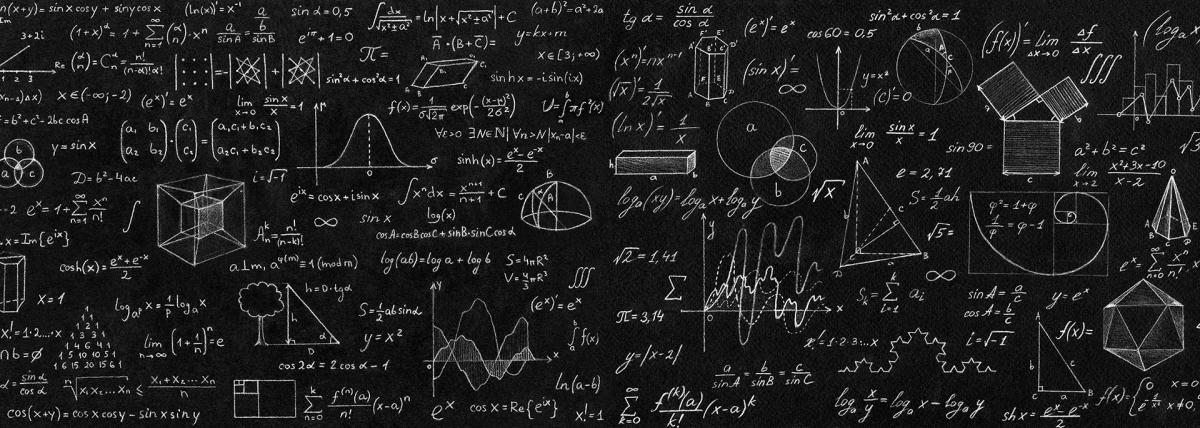
Students will design a balloon rocket. They will then create a fish line track for the rocket to follow. The track will be able to me modified to test different angles of ascent. This will allow

Students start to build 3D models of the entire farm or a smaller, more detailed area. Students continue to focus on ratios, volume, and nets while combating the environmental effects of farming.
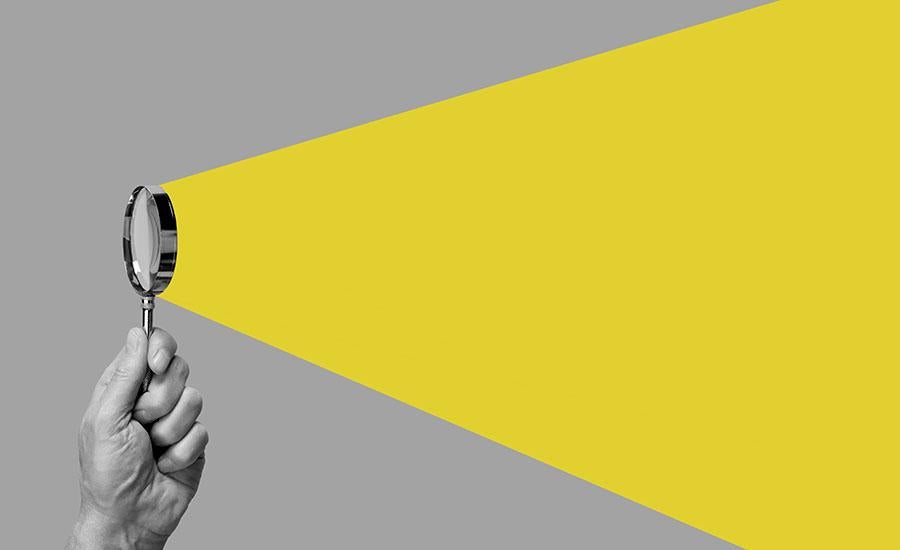
A high school physics plan that allows students to explore with different lenses and lasers.

In part 1 of this investigation, groups were challenged to design for speed and collect data to find the fastest car in the class. Using those designs, part 2 will test the mass of a car vs the power
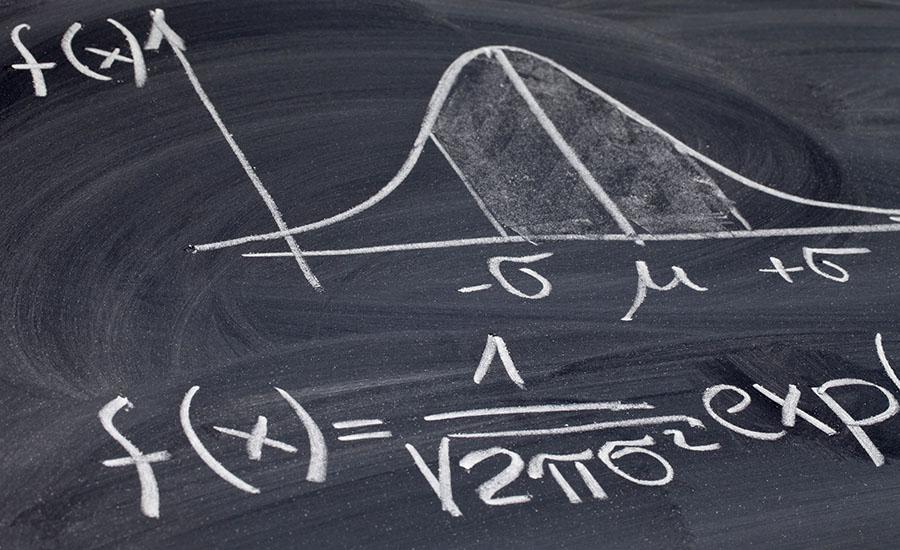
Students will build the distance formula in a spreadsheet to create a sort of "calculator." Students begin by comparing standard math notation with spreadsheets, then practice programming simple math

This STEAM project will have us exploring some of the issues or problems associated with food and creating solutions to educate and persuade our community about how our food is produced and making the
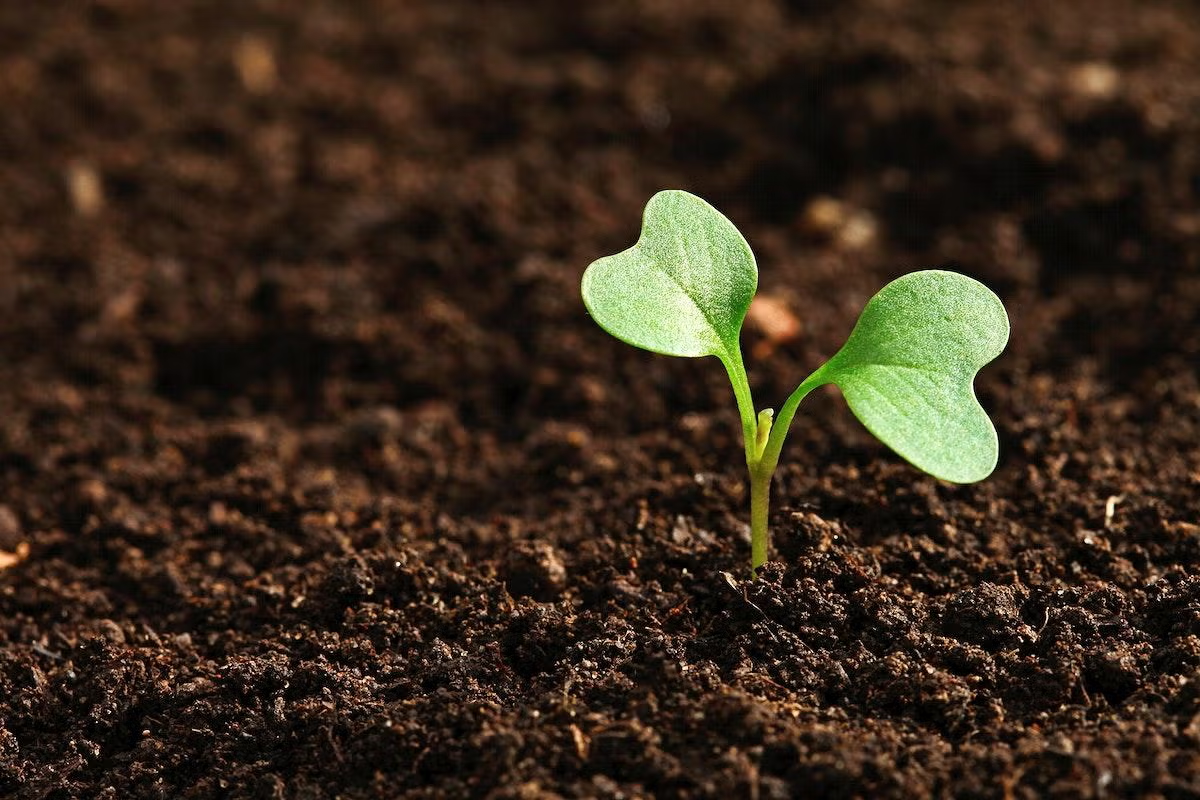
In this 7 week unit, students will utilize resources around them to create a garden for a culminating taco party! Students will work on science, math, and ELA within the unit. Feel free to host this

In this investigation, 9th grade students will design and construct a car to test against classmates for the fastest car in the class. Students will test, collect data, calculate and share data with

Teaching with phenomena is a great way to connect real world events with inquiry based learning in the classroom. In this lesson students will observe and investigate a phenomenon that involves the
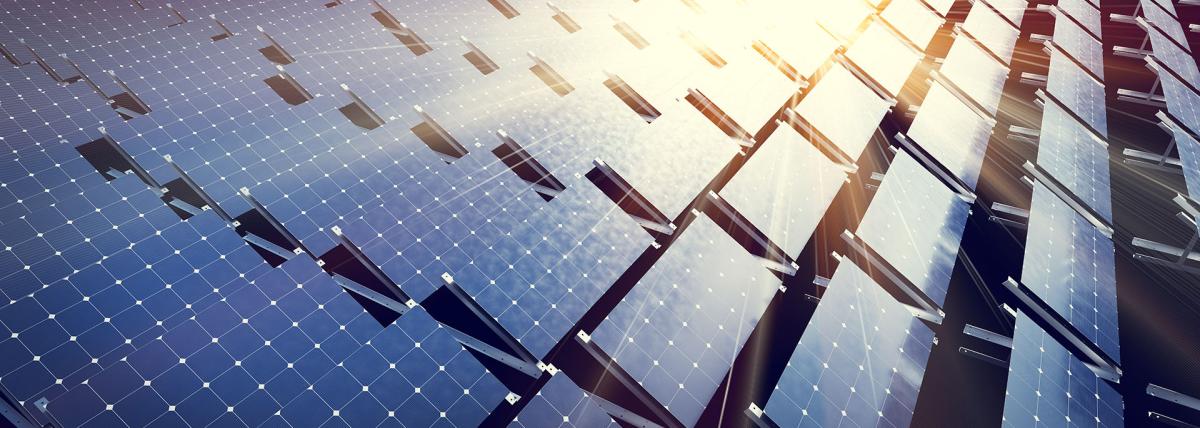
Students use a solar panel and motor to create a solar-powered amusement park ride that spins. Activity designed for students to work in teams. Students are provided solar cells, motors, propellors

How could a zombie outbreak happen? In this lab, students will observe how quickly an unknown disease can spread by mixing water from a cup with their peers' water. Contaminated students have iodine

In this hands-on lesson, students collaborate with partners to create a game in which they practice their multiplication and division facts. This is an engaging way for students to develop fact


